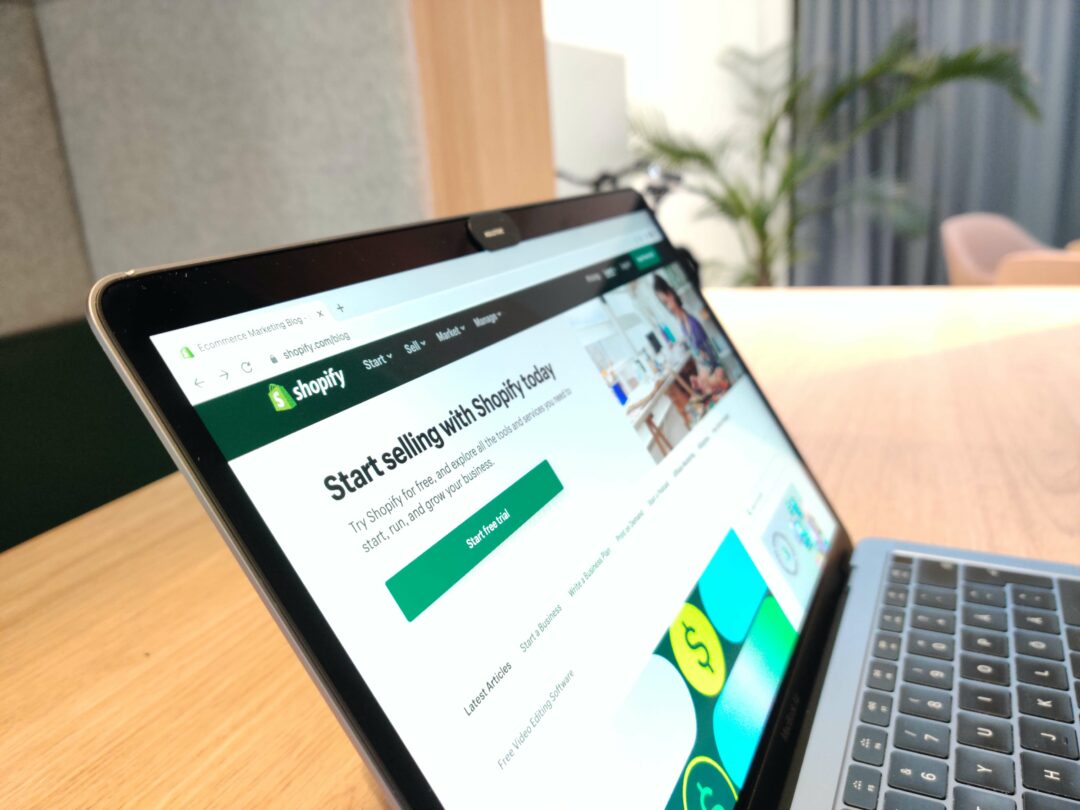Let’s get back to basics, a digital product designer is someone who creates digital platforms users can interact, for example, software or an app. At Strafe Creative, we use a tried and tested methodology that puts the user experience first, ensuring those users will discover and navigate the end product easily.
Let’s start by explaining what a digital product is
A digital product is so much more than just a website. Thanks to SaaS technology, platforms, portals and applications, most of your online experiences are with digital products, and they all need a digital product designer.
For example, you can review the features of an accountancy software on their sales website, however, once you sign up and work with the software, even through a web browser, you’re accessing a digital product.
Here’s another example… Several years ago digital products would have been much clearer to define because they were often physical items. If you look back at Microsoft Office‘s 2019 edition, the software was still available by the disk for a flat fee. You would order your physical digital product and then upload it manually to your computer at home using the disk in your disk drive.
Today having been replaced by Office 365, Microsoft now requires you to log in to their software via the cloud, paying a monthly subscription fee instead. This allows for seamless and frequent updates of the software to provide users with the latest features quickly. Users can also choose which parts of the digital product they need, tailoring their online and offline experience.

What does a digital product designer do?
A digital designer considers and creates the important aspects of your digital product, through
- Clear and easy-to-use onboarding processes – an easy set-up and start for the user is imperative if they are to successfully use your digital product.
- Creating value in using the system – so that the user can understand exactly how this digital product will satisfy their needs.
- Inspiring users to embrace the software – encouraging regular use to avoid a drop-off in subscriptions down the line.
How do digital product designers work through their design?
There are several factors a digital product designer needs to consider before they start the creation process for their digital product.
1. Buyer persona
Before a designer even thinks about creating the digital design they need to establish the buyer persona. To do this work closely with the client to understand:
- Who are the people coming to the platform?
- How good are they with tech?
- What are their behaviours?
- Which software are they used to?
- What services do they require?
- What pain points are we trying to solve?
Without this information, we don’t know what the focus of the product is and cannot move on to the next stage…
2. Workflow or User flow
Once we have all of our research done we can start to map out the user journey, we call this a workflow or user flow. A workflow illustrates to the designer and the wider team how they expect the user to navigate around the digital product.
As designers, we are not focusing on aesthetics at this stage, but instead on the mechanics and the user experience (UX) – how users will likely use the product.
At this point, we want to establish how elements, triggers and pages come together to form a seamless experience for the user so that it answers their desired need at that exact moment. For example, if you’ve forgotten your password, you expect to be directed to reset it right? That kind of interaction MUST be included in this user flow.
User flows can be incredibly complex, depending on the product and so product designers map out this information visually, so they can share it with the team and the client and quickly have everyone understand.
At Strafe, we extend this by creating hierarchy breakdowns of each product page. This isn’t something that everyone will do at this point, but we find that laying out page sections allows us to consider block elements and those all-important calls to action (CTAs).
Clients find this incredibly beneficial when signing off workflows and it allows room for adding in or merging sections if we need to (something that isn’t always quick and easy to do later on!)

3. Wireframing
A digital designer’s next step is a wireframe, which is a digital mock-up of the platform or application, page by page. A wireframe is crucial, as it allows the designer to illustrate a sense of the layout.
It is not about the look and feel, but purely about assembling the page in a way that they can take the user through their information and make a choice presented on the page as a next step.
This general layout allows us to user test things like button placement or highlighting key choices we think they are likely to want to take.
Not all wireframes will be interactive, but here at Strafe we prefer to build high-fidelity prototypes, so we can see early on things we need to adapt or amend based on the client’s desires and users’ needs.
4. Once UX is complete it’s time to design
The most efficient way to create a digital product is to establish how it is going to work before you spend hours and hours on the way it looks. Branding is important, but if there isn’t a great user experience then a beautiful-looking product will probably fail.
This kind of mistake is surprisingly common. Eventloot, a client planner for wedding planners, is a great example of designers creating something they think answers a problem they did not fully understand. Most users of this app agreed that the design looked great, but it didn’t help them manage their clients or their staff workload, which was the whole point of the technology.
5. Handover to the developers
Once a design is fully created a digital designer needs to create a handover package for the developers they work with. Here at Strafe, we do this through UI kits: design notes that talk the developer through each page’s functional elements. For example, buttons; what you see on screen is coded for 4 animated formats, basic state, hover state, click state and final state.
Creating notes on this means the developer is briefed on exactly how to code the full interactive design for that button based on the user interaction via desktop, or mobile.
So you see a digital designer’s job can be more complicated than you think, but if done well, it can be the one thing that takes your creative product idea to successful execution!





